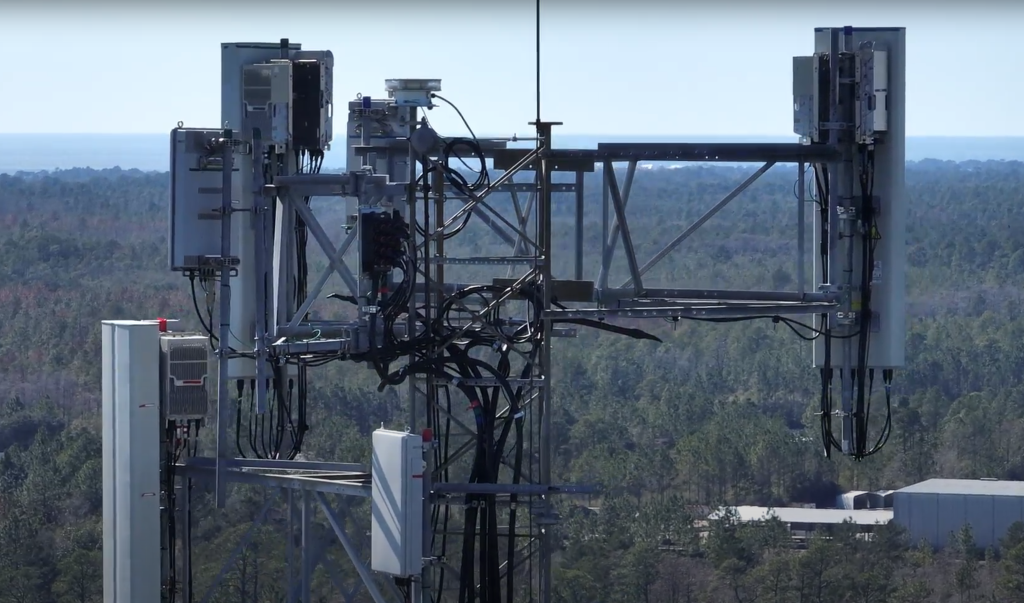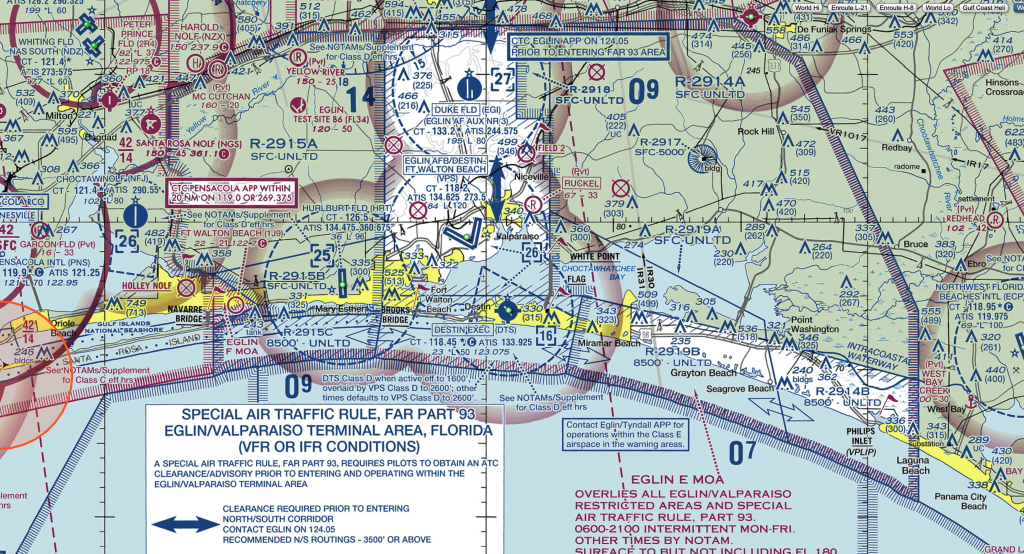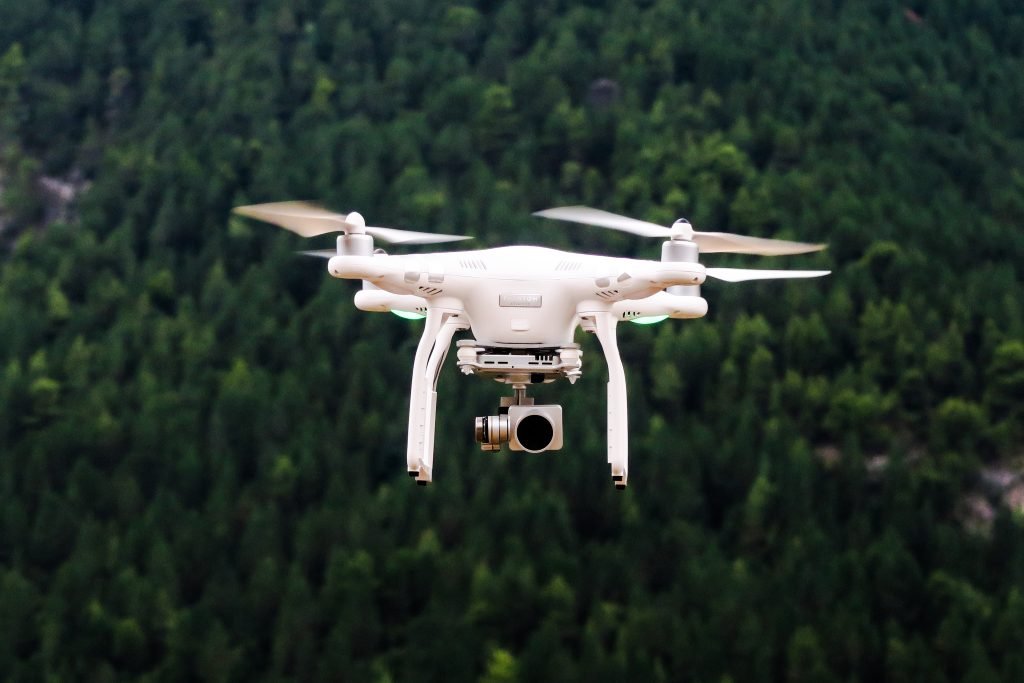The history and evolution of drones
Drones, also known as unmanned aerial vehicles (UAVs), have a rich history that dates back to the early 20th century. The first documented use of drones can be traced back to the early 1900s when the Austrian military used unmanned balloons filled with explosives for aerial bombardment. However, it wasn’t until the mid-20th century that drones started to become more advanced and widely used.
During World War I, both the British and American military developed remote-controlled aircraft for target practice and aerial surveillance. These early drones were relatively simple, consisting of basic radio-controlled systems and cameras. However, they laid the foundation for future advancements in drone technology.
In the following decades, drones continued to evolve, with advancements in electronics, communication systems, and propulsion technologies. The 1980s marked a significant milestone in drone development with the introduction of the Predator drone by the United States Air Force. This unmanned aircraft was equipped with sophisticated surveillance systems and became instrumental in modern warfare.
Today, drones have become smaller, more affordable, and more capable than ever before. They are equipped with high-resolution cameras, GPS navigation systems, and advanced sensors, allowing them to perform a wide range of tasks with precision and efficiency.
Applications of drones in various industries
The potential applications of drones span across a wide range of industries, from agriculture and construction to filmmaking and emergency services. Let’s explore some of the key areas where drones are making a significant impact:
Agriculture
In the agricultural sector, drones are revolutionizing the way farmers monitor and manage their crops. By equipping drones with specialized sensors and cameras, farmers can gather valuable data on crop health, soil moisture levels, and pest infestations. This data allows farmers to make informed decisions about watering, fertilizing, and applying pesticides, resulting in increased crop yields and reduced resource wastage.
Drones also have the potential to transform livestock management. Equipped with thermal imaging cameras, drones can help farmers identify stressed or sick animals, monitor their movements, and locate lost livestock in vast pastures.
Filmmaking and photography
Drones have become game-changers in the world of filmmaking and photography. With their ability to capture stunning aerial shots, drones have opened up new creative possibilities for filmmakers and photographers. They offer a cost-effective alternative to traditional methods of aerial cinematography, such as helicopters or cranes, allowing filmmakers to capture breathtaking footage from unique angles and perspectives.
Moreover, drones equipped with high-resolution cameras and stabilized gimbals provide photographers with a versatile tool for capturing stunning landscape photos, architectural shots, and even portraits. The portability and maneuverability of drones make them ideal for capturing images in remote or hard-to-reach locations, providing photographers with endless creative opportunities.

Infrastructure inspection
Inspecting and maintaining infrastructure such as bridges, power lines, and pipelines can be a costly and time-consuming task. Drones offer a solution by conducting aerial inspections quickly and efficiently. Equipped with high-definition cameras and thermal imaging sensors, drones can capture detailed images and detect structural defects or leaks in infrastructure.
By using drones for inspections, companies can minimize risks to human workers, reduce downtime for maintenance, and save costs associated with traditional inspection methods. Drones can access hard-to-reach areas and provide accurate and real-time data, enabling companies to identify and address issues before they escalate into major problems.
Search and rescue
During search and rescue missions, every second matters. Drones equipped with thermal imaging cameras and GPS systems can significantly aid in locating missing persons or survivors in disaster-stricken areas. Drones can cover large areas quickly, providing rescuers with valuable information on the location and condition of individuals in need of assistance.
Furthermore, drones can be equipped with loudspeakers or drop supplies, such as water and medical kits, to stranded or injured individuals, providing immediate relief while rescue teams are mobilized. The use of drones in search and rescue missions has the potential to save lives and improve the efficiency and effectiveness of emergency response efforts.
Benefits of using drones
The use of drones offers numerous benefits across various industries. Let’s explore some of the key advantages of incorporating drones into everyday operations:
Efficiency and cost-effectiveness
Drones can perform tasks faster and more efficiently than traditional methods, saving time and resources. For example, in the agriculture sector, drones can survey large fields in a fraction of the time it would take a human worker. This not only increases productivity but also reduces labor costs.
Similarly, in the construction industry, drones can monitor construction sites, conduct aerial surveys, and create 3D models of structures, eliminating the need for manual inspections and reducing project timelines. The efficiency and cost-effectiveness of drones make them a valuable asset for businesses looking to streamline operations and improve productivity.
Safety and risk reduction
In industries such as infrastructure inspection and search and rescue, drones provide a safer alternative to human workers. By replacing humans with drones in hazardous or high-risk environments, companies can minimize the risk of accidents and injuries. This not only protects human lives but also reduces liability and insurance costs.
Additionally, drones can access areas that are difficult or dangerous for humans to reach, such as tall structures or disaster-stricken areas. By using drones, companies can gather critical information and make informed decisions without putting human lives at risk.
Data collection and analysis
Drones equipped with advanced sensors and cameras can collect vast amounts of data in a short period. This data can be used to gain valuable insights and make informed decisions. For example, in agriculture, the data collected by drones can be analyzed to identify crop health issues, optimize irrigation schedules, and predict yield potential.
In the construction industry, drones can capture high-resolution images and create 3D models of structures, providing valuable data for project planning and monitoring. The ability to collect and analyze data using drones allows businesses to optimize processes, improve efficiency, and make data-driven decisions.

Challenges and Regulations in drone usage
While drones offer immense potential, their usage is not without challenges. One of the primary concerns is the issue of safety and privacy. Drones flying in crowded airspace can pose a risk to other aircraft, pedestrians, and property. To address this concern, regulatory bodies have implemented rules and regulations governing drone usage, including restrictions on flying near airports, over people, or in restricted airspace.
Privacy is another significant concern associated with drone usage. Drones equipped with cameras have the potential to infringe on people’s privacy, leading to calls for stricter regulations. Many countries have implemented laws that dictate where drones can be flown and how they can be used to protect the privacy of individuals.
Furthermore, the rapid advancement of drone technology has outpaced the development of regulations, resulting in a complex and fragmented regulatory landscape. Businesses and individuals operating drones must navigate through a maze of rules and restrictions, which can be challenging and time-consuming.
To learn more about how the FAA is Tackeling Regulations and Privacy, Click Here
Drone technology advancements
As technology continues to advance, so does the capabilities of drones. Here are some of the latest advancements in drone technology:
Artificial intelligence and automation
Artificial intelligence (AI) and automation are transforming the capabilities of drones. AI algorithms enable drones to perform complex tasks autonomously, such as obstacle detection and avoidance, object tracking, and intelligent navigation. This level of automation reduces the need for human intervention, making drones more efficient and user-friendly.
Extended flight time and range
Battery technology has improved significantly in recent years, allowing drones to fly for longer durations and cover greater distances. Extended flight time and range enable drones to undertake more ambitious missions, such as long-distance inspections or search and rescue operations in remote areas.
Collision avoidance systems
To mitigate the risk of accidents, drones are now equipped with collision avoidance systems. These systems use sensors, cameras, and AI algorithms to detect and avoid obstacles in real-time. Collision avoidance systems enhance the safety and reliability of drones, making them suitable for a wider range of applications.
Payload capacity and flexibility
Advancements in drone design and materials have increased the payload capacity and flexibility of drones. This means that drones can carry heavier and more specialized equipment, such as high-resolution cameras, thermal imaging sensors, or even small payloads for delivery purposes. The increased payload capacity and flexibility expand the capabilities and potential applications of drones.
Future Possibilities and Potential of Drones
The future of drones is filled with exciting possibilities. As technology continues to advance and regulations become more streamlined, we can expect to see drones playing an even more significant role in various industries. Here are a few potential areas where drones are poised to make a difference:
Delivery services
Companies such as Amazon and Google have already started experimenting with drone delivery services. Drones have the potential to revolutionize the logistics industry by enabling faster and more efficient delivery of packages. With advancements in navigation systems and collision avoidance technology, drones can navigate urban environments and deliver packages directly to customers’ doorsteps.
Urban transportation
The concept of urban air mobility, also known as flying taxis, is gaining traction. Drones capable of carrying passengers are being developed, offering a futuristic and efficient mode of transportation. Urban air mobility has the potential to alleviate traffic congestion, reduce carbon emissions, and provide quick and convenient transportation options in densely populated areas.
Environmental monitoring
Drones equipped with specialized sensors can monitor environmental parameters such as air quality, water quality, and wildlife habitats. This data can be used to assess the impact of human activities on the environment, track changes over time, and aid in conservation efforts. Drones have the potential to revolutionize environmental monitoring and contribute to the sustainability of our planet.

Drone photography and videography
One of the most popular applications of drones is in the field of photography and videography. Drones equipped with high-resolution cameras and stabilized gimbals provide photographers and filmmakers with a versatile tool for capturing stunning aerial shots. The ability to fly and maneuver in three dimensions opens up new creative possibilities and allows for unique perspectives that were previously unattainable.
Drone photography and videography have become increasingly accessible, with drones available at various price points and equipped with user-friendly features. The democratization of aerial photography has empowered individuals and professionals alike to capture stunning imagery and tell compelling stories from the sky.
Commercial and recreational uses of drones
Drones are not limited to commercial or professional use; they have also gained popularity among hobbyists and recreational enthusiasts. From aerial photography and racing to drone fishing and drone soccer, the recreational possibilities with drones are endless.
Drone racing, in particular, has emerged as a thrilling sport, with pilots maneuvering their drones through challenging courses at high speeds. The sport has gained a dedicated following and has even led to the formation of professional racing leagues.
Furthermore, drones have become a popular tool for capturing personal moments and adventures. Whether it’s documenting a family vacation or capturing aerial footage of extreme sports, drones provide individuals with a unique perspective and a new way to document and share their experiences.
Conclusion
Drones have unlocked a world of possibilities, transforming the way we perceive and interact with our surroundings. From agriculture and infrastructure inspection to filmmaking and search and rescue missions, drones are revolutionizing various industries. They offer numerous benefits, such as increased efficiency, improved safety, and valuable data collection capabilities.
However, challenges such as safety concerns, privacy issues, and complex regulations need to be addressed to fully harness the potential of drones. As technology continues to advance and regulations become more streamlined, we can expect to see drones playing an even more significant role in our everyday lives.
So, as we look to the sky, let us embrace the limitless potential of drones and explore the endless opportunities they offer. The sky is no longer the limit; it is just the beginning of a new era of innovation and exploration.
This concludes the blog article on unlocking the limitless potential of drones in the modern world. We hope you enjoyed the journey into the fascinating world of drone technology and its impact on various industries. As always, stay curious and keep exploring the possibilities that lie ahead.





